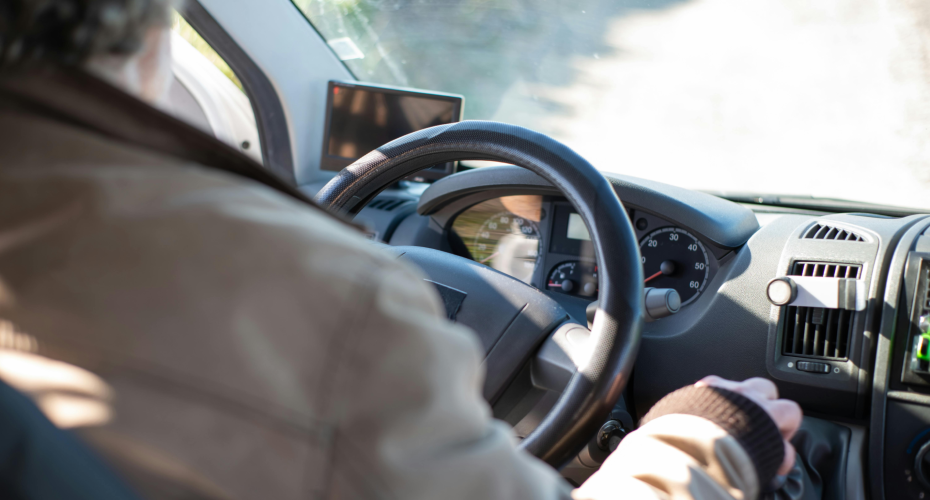How GPS helps older drivers stay on the roads

Image from Pexels: Photo by Kampus
Sat Nav systems help keep older drivers on the roads for longer, according to new research.
A new study published in PLOS Digital Health, reveals that over 65s with a poorer sense of direction rely more on help from GPS navigation systems such as Sat Nav or smartphone maps.
Those using GPS tended to drive more frequently – suggesting that the technology helps older people maintain driving independence.
The study, led by the University of East Anglia (UAE) Norwich Medical School, in collaboration with the Universities of Exeter, Oxford Brookes, Leeds, and Chester Wellness Centre, was funded by the Department for Transport. It involved 895 UK drivers, including 514 women, all aged over 65 with an average age of 71. The participants self-reported how often and far they drive, their subjective sense of direction, and how they use GPS navigation devices.
They also completed online cognitive tests assessing their memory and spatial abilities. The team then analysed the relationship between how people use GPS with their driving mobility and cognitive performance.
Senior author Professor Michael Hornberger, from University of East Anglia Norwich Medical School, said: “Driving is usually the preferred mode of transport among older adults, and it can be vital for maintaining independence, quality of life, wellbeing, and cognitive health as we age. But age-related cognitive decline means that people might experience worsening spatial abilities, leading them to drive less and less. Because we have an ageing population, it’s really important to understand the factors that keep older people on the road, driving safely for longer.”
Lecturer in Psychology at the University of Exeter and researcher on the project, Dr Stephen Jeffs said: “Interestingly, this study shows that human navigation is comprised of multiple mental processes, and how understanding each process could improve in-car tech. For example, more frequent GPS use was associated with lower reliance on landmark-based navigation strategies, and so future Sat-Nav developments could emphasise surrounding landmarks to facilitate driver engagement with their location.”
Lead author Dr Sol Morrissey, from UEA’s School of Health Sciences, said: “We know that using a Sat Nav system can alleviate the cognitive demands of navigation when driving, particularly when visiting less familiar destinations. And this technology has become increasingly popular among older drivers. We wanted to better understand how using GPS navigation systems helps older people on the roads.”
Professor Hornberger said: “We found that a considerable majority of older drivers use navigation assistance at least for some journeys, and commonly for the entire journey to a new destination. Older people with a poorer sense of direction rely more on Sat Navs. But the really important thing we found is that those who use GPS tend to drive more frequently than those who do not, suggesting that these tools help mitigate against spatial orientation difficulties and help maintain driving mobility. This means that if we support older drivers with using GPS navigation, it could really help maintain their driving independence – keeping them on the roads safely for longer.”
The paper is titled ‘GPS navigation assistance is associated with driving mobility in older drivers‘, and is published in PLOS Digital Health.



